This article was co-authored by Anthony Stark, EMR. Anthony Stark is a certified EMR (Emergency Medical Responder) in British Columbia, Canada. With over 11 years of experience, he has worked as an industrial medic and provided urban and rural paramedic services. He currently works for Mountain View Safety Services and previously worked for the British Columbia Ambulance Service. Anthony has a Bachelor of Engineering in Electrical, Electronics, and Communications Engineering from the Georgia Institute of Technology. He has completed the EMP Canada EMT Course and Swiftwater Awareness Training associated with the British Columbia Ambulance Service.
This article has been viewed 636,296 times.
Whether you have been exposed to low temperatures or you are caring for someone with hypothermia, you may need to know how to increase body temperature. The correct food and drink, movement, and attire can raise your body temperature. If you are in dangerously cold temperatures, it is important to warm up to avoid hypothermia. If you are deliberately trying to raise your temperature in warm situations, you should be careful not to raise your temperature too high, since this can cause heat exhaustion or heat stroke.
Steps
Handling a Severe Case
-
1Recognize the signs of hypothermia. When your body is losing heat faster than it can create heat, you run the risk of becoming hypothermic; when your body temperature slips below 95 degrees Fahrenheit, your organs can no longer function normally.[1] Hypothermia can be a serious risk to your life and your health. You can lose fingers, toes, and limbs from the cold, and you might suffer from lasting damage. If you think that you might be growing hypothermic, then your situation is severe, and you need to increase your body temperature as quickly as possible.
- In mild hypothermia, you may notice: shivering, dizziness, hunger, nausea, rapid breathing, slight confusion and lack of coordination, trouble speaking, fatigue, and a quickened pulse.
- As hypothermia becomes more severe, you may notice that many of the mild symptoms become more severe. You may stop shivering; mumble or slur your speech; feel drowsy; make poor decisions, such as trying to remove warm clothes; feel a worrying lack of concern; experience a weak pulse and shallow breathing; slowly lose consciousness; and ultimately, if treatment (and proper re-warming) is not received quickly enough, die.
-
2Get out of the cold. If your body temperature is dropping dramatically, you need to get out of the cold. If you are outdoors, find a warm room or shelter.
- Even getting out of the path of the wind can help. Try taking cover behind a wall or other large object if you cannot get into a building.
Advertisement -
3Remove wet clothes. If your clothes are wet, then remove them and put on some dry clothes. Pile on as many warm, insulating layers as possible - including the head and neck. Cut away someone's clothes, if necessary, to keep them from moving too much.
- Ensure that you have warm and dry clothing to put on before removing wet clothing.
-
4Rely on skin-to-skin contact. If you can't get indoors, curl up with another person under loose, dry layers of blankets or clothing. This can be one of the most effective ways to quickly stabilize and raise your body heat.[2]
-
5Warm the center of the body first. Your extremities - hands, feet, fingers, toes - are usually the first parts of your body to get cold, but the situation is most severe when the cold spreads to your core. Warm your torso, your belly, and your groin to stabilize your body temperature and get your heart pumping. The warm blood should radiate out through your veins from your core.
- Hold your extremities against your core. Place your hands under your armpits or between your thighs. Curl up in the fetal position so that you trap heat between your torso and your legs; try to tuck your feet in so that they don't get too cold.[3]
Keeping Warm in Cold Weather
-
1Put on additional clothing. Layering your clothing helps to hold in your body heat, which will raise your overall temperature. For this reason, simply putting on more clothing will raise your body temperature. Deliberately layering your clothes to maximize heat retention will also help. For example, try layering your clothes in this way:
- Undershirt
- Overshirt
- Sweater
- Light jacket
- Heavy coat
-
2Put on a hat, mittens, and a scarf. A significant amount of body heat radiates out from your head; wearing a hat or other covering can help retain that heat. Similarly, mittens and a scarf will help retain heat in your hands and chest, raising your overall body temperature.
- Mittens are often preferable in very cold climates, as they allow the heat from each finger to warm the entire end of the mitten.
-
3Use blankets or other materials instead of clothing. If you really need to raise your body temperature because of cold weather or some other reason, and you don’t have extra clothing, you can wrap blankets or towels around yourself instead. If you don’t even have any blankets or towels, you can improvise using other materials.
- Try wrapping yourself in layers of materials such as newspaper or plastic trash bags.
- If you are in nature, pine boughs are very insulating as the needles trap air when layered upon each other.
-
4Eat a meal. Digestion in general raises your temperature as your body metabolizes food.[4] Eating any food at all, for this reason, will raise your temperature at least a small amount.
- Note also that your body's natural efforts to warm up in the cold raise your metabolism significantly. That is, you burn far more calories than you normally do, when you are not trying to warm your body.
- Therefore, consuming food also helps to ensure you have the energy necessary to fuel your body's innate warming processes.
-
5Consume hot foods and warm, sweet liquids.[5] Having foods and drinks that are already warm will raise your body temperature even more than digestion alone will, because your body will absorb the heat from them. Any hot meal will help, but warm, sweet drinks can be prepared quickly and the sugar will give your body an added boost of calories to digest (and to fuel thermostat). Good choices include:
- Coffee
- Tea
- Hot chocolate
- Warm milk with or without honey
- Hot broth
- Soup
-
6Keep moving. The act of movement keeps your body temperature stable, and exercise can partially counteract the cooling effects of a cold environment.[6] Walk or run; do jumping jacks or other dynamic stretches; run sprints or do cartwheels. The most important thing is that you don't stop for longer than a few seconds. You may find that when you stop moving, the cold sets in.
- Be cautious. If someone is suffering from severe hypothermia, a sudden or jarring movement could trigger cardiac arrest. Don't massage or rub a person, and don't try to shake them warm.
- Only use movement as a strategy if the affected person is not severely cold and at risk of hypothermia.
Warnings
- If a person is severely hypothermic, quick warming is not advised. This is because the cold blood recirculating to the heart can cause the heart to stop. Try to raise the temperature in the surrounding area (cab of vehicle, cabin, etc.) and warm the person slowly but methodically. If possible, get the person to the hospital and/or call EMS.⧼thumbs_response⧽
References
- ↑ http://www.mayoclinic.org/diseases-conditions/hypothermia/basics/definition/con-20020453
- ↑ https://www.emsaonline.com/mediacenter/articles/00000250.html
- ↑ http://www.mayoclinic.org/diseases-conditions/hypothermia/basics/treatment/con-20020453
- ↑ http://www.brooksidepress.org/Products/Nursing_Fundamentals_II/lesson_4_Section_1A.htm
- ↑ http://county.milwaukee.gov/ImageLibrary/Groups/cntyAging/docs/Emergency/Take_Care_in_the_COLD_4.pdf
- ↑ http://www.mhhe.com/biosci/esp/2001_saladin/folder_structure/su/m1/s3/index.htm
About This Article
To increase your body temperature in an emergency, start by taking shelter inside. Or, if there are no buildings, hide behind a wall or large object to get out of the wind. If your clothes are wet, take them off, since this will lower your temperature. Then, pile on as many warm layers of clothing as you can. Prioritize your torso, belly, and groin to keep your major organs warm. If you’re with someone else, huddle close to them under loose, dry blankets or clothing so you can share their heat. If you’re alone, curl into a fetal position and place your hands under your armpits or between your thighs to keep them warm. For more tips from our Medical co-author, including how to keep warm in cold weather, read on!
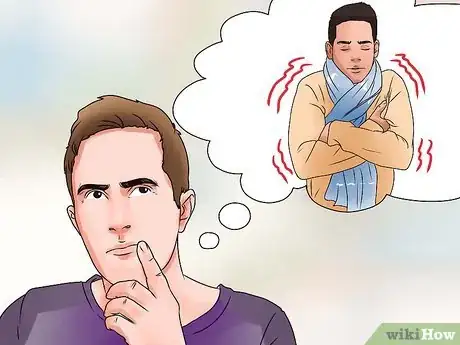
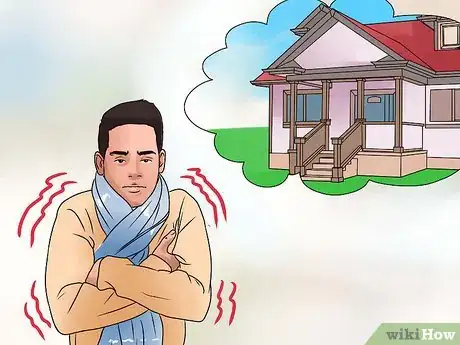
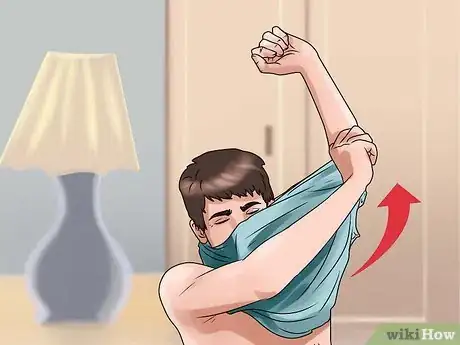
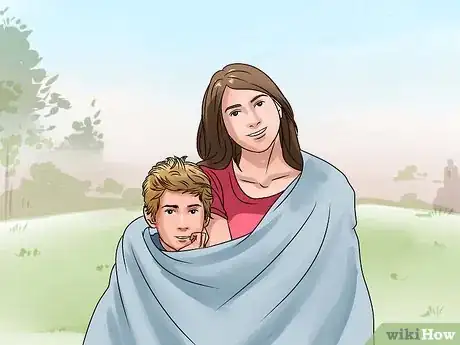
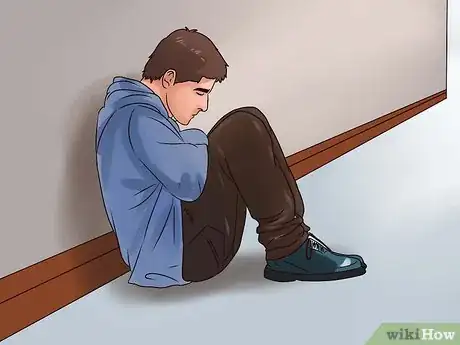
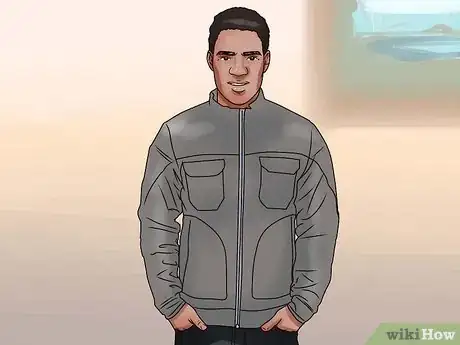

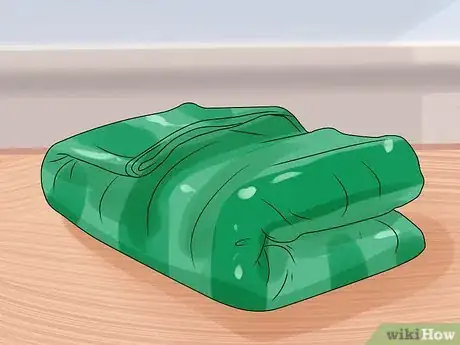
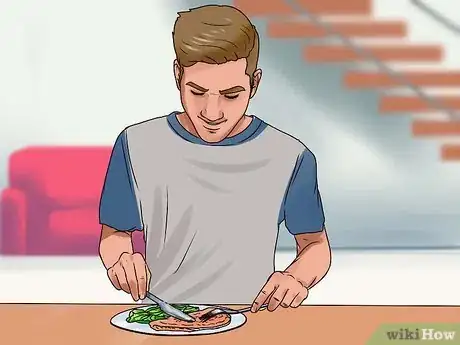
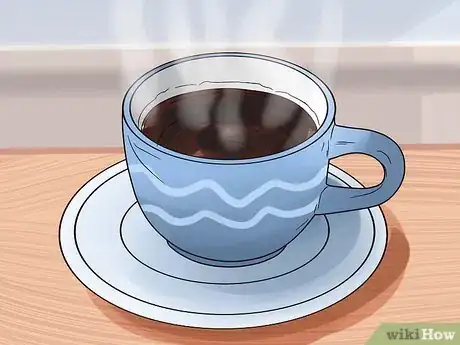
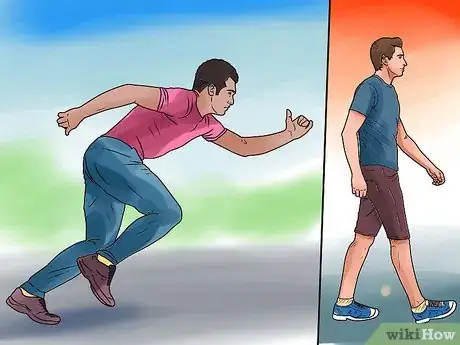


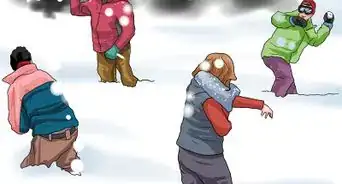





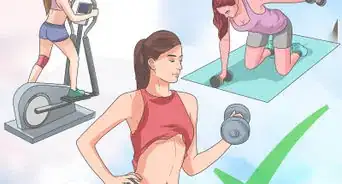



















































Medical Disclaimer
The content of this article is not intended to be a substitute for professional medical advice, examination, diagnosis, or treatment. You should always contact your doctor or other qualified healthcare professional before starting, changing, or stopping any kind of health treatment.
Read More...